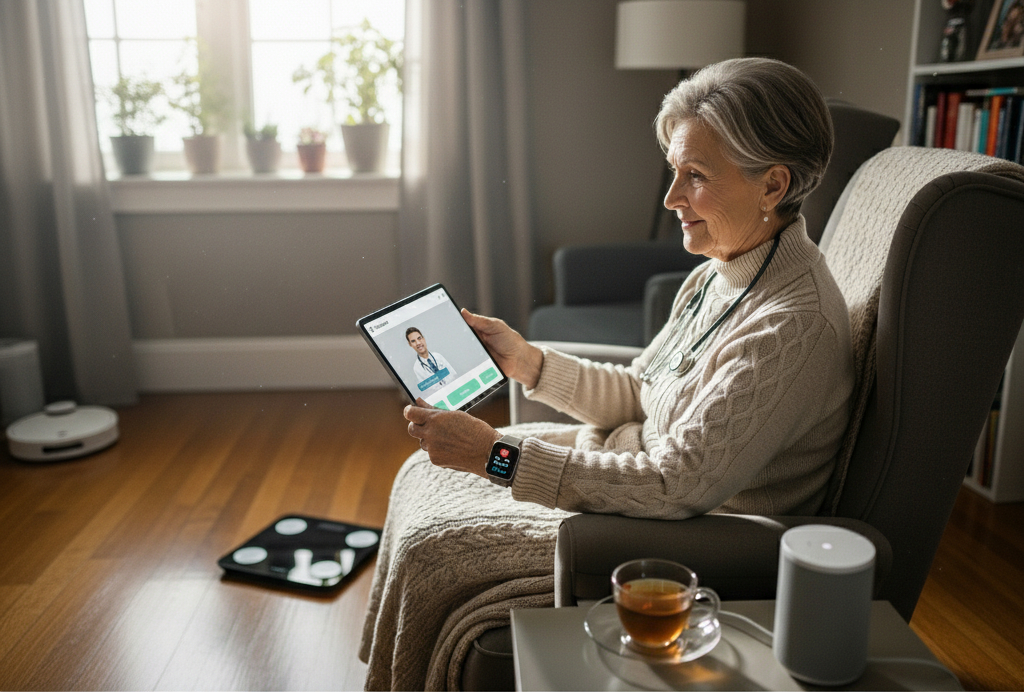
The Silent Caretaker: How Smart Homes Are Becoming Health Guardians
- Health
- September 5, 2025
- 515
Your home is no longer just a place to live—it is becoming a silent health partner. Advances in smart home technology are turning ordinary walls, floors, and devices into subtle guardians of wellbeing. These systems work quietly in the background, often without the need for wearables or conscious input, providing a new layer of health monitoring that blends seamlessly into daily life.
Breathing Monitored by Wi-Fi
Researchers and startups are experimenting with Wi-Fi signals as a way to track breathing and heart rates. The principle is simple: as wireless signals bounce around a room, they are subtly affected by even the smallest movements of the body, including the rise and fall of the chest. Algorithms can interpret these patterns, offering real-time insights into sleep quality, breathing irregularities, or even early signs of respiratory distress—all without a device strapped to the body.
Floors That Detect Falls Before They Happen
Smart flooring technologies are evolving beyond pressure sensitivity to analyze gait and balance. By capturing how a person walks, these systems can detect subtle changes that indicate increased risk of falls, especially in elderly individuals. This kind of continuous assessment turns the home into a preventive healthcare space, alerting family members or caregivers before accidents occur.
Air Quality as a Health Predictor
Air quality sensors have grown more sophisticated, capable of monitoring not just pollutants but also patterns linked to respiratory issues. By analyzing humidity, particulates, and chemical signals, these systems can predict asthma attacks or allergic reactions before symptoms appear. Integration with smart ventilation systems allows immediate adjustments, helping create healthier living environments.
Kitchens That Track Nutrition
While less futuristic than Wi-Fi-based breathing monitors, kitchens are also joining the movement toward ambient health. Smart fridges and connected cooking devices can scan barcodes, track food consumption, and suggest balanced meal plans. This subtle guidance encourages healthier choices without the feeling of constant monitoring.
The Future of Ambient Health
What makes these technologies powerful is their invisibility. Unlike fitness trackers or health apps that require active participation, ambient systems are woven into the environment itself. They reduce friction, increase compliance, and gather a more authentic picture of daily habits. As privacy safeguards improve and adoption widens, homes may become the most accurate source of health data we have.
In this invisible health revolution, wellness isn’t something we check on a screen—it’s something our surroundings check for us, quietly and continuously.



